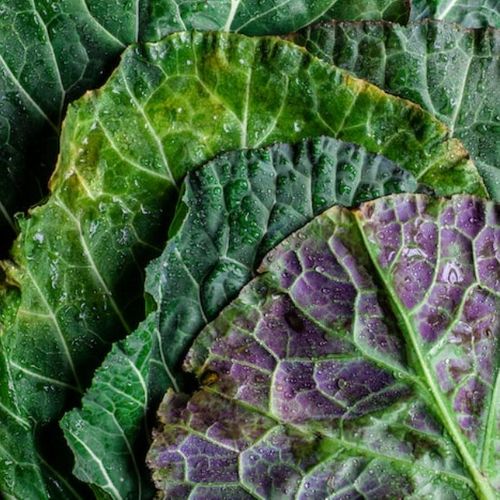GMOs & Brassica Oleracea : How One Plant Became Six Vegetables
Oct 04, 2022 · 2 mins read
0
Share
GMOs or Genetically Modified Organisms are contentious as health-conscious individuals avoid engineered foods for fear they may interfere with our genes or cause disease. Those outraged at scientists tinkering with plants should know evidence of GMOs dates back to 7,800 BCE!
Save
Share
Brassica oleracea is one such engineered plant. Wild mustard was first domesticated as early as 2000 BCE & bred selectively for leaf shape, stalk thickness & flower clusters. The many subspecies cultivated resulted in six common but very different edible cruciferous crops.
Save
Share
Wild Brassica is a weedy biennial herb with a pretty yellow flower found in desolate limestone regions around the Mediterranean. But in our farms & on our plates, it comes in many forms, each a nutritious, wholesome, & alimental addition to the produce aisle & a healthy diet.
Save
Share
Broccoli : With origins in the Roman Empire, broccoli is delicate requiring hand harvesting. Geneticists are unsure which came first, it or cauliflower, as both crops are intrinsically linked subspecies of Brassica oleracea. We eat clusters of leaves which resemble tiny trees.
Save
Share
Cauliflower : The edible white head, or curd, of a cauliflower is actually the plants flower. The climate sensitive crop is more difficult to cultivate than broccoli. Cauliflower is also available in hybrid colours like purple, orange & yellow.
Save
Share
Cabbage : The vegetative bud of the Brassica is bred for its dense leaved heads. Due to its long shelf life, cabbage heads were taken on sea journeys for food & to avoid scurvy. Cabbage often features in natural remedies from diabetes to digestion & even ingrown toenails.
Save
Share
Sprouts : These edible buds grow on long upright stems & resemble miniature cabbages. High in vitamins C & K, & rich in B vitamins, sprouts are nutrition powerhouses known to aid in repairing cell damage & in the regulation of cholesterol levels.
Save
Share
Kale : Kale & collard greens are loose leafed crops, selectively bred for their broad leaves. Cold weather improves the nutritional value & taste of kale making it an ideal winter vegetable. Easy to grow & inexpensive to cultivate, useful kale desalinates soil naturally.
Save
Share
Kohlrabi : The newest addition to the Brassica range, kohlrabi was bred for its swollen spherical shape stem which may be consumed raw or cooked. Its leaves are also edible. Kohlrabi promotes good gut health, grows easily & is often cultivated for cattle feed.
Save
Share
Next time you hear bad press about GMOs, consider the long & varied history of Brassica oleracea. Genetic engineering of crops is not poisonous, contaminating or even a new process, it just takes place in a laboratory instead of the farmyard these days.
Save
Share
0
